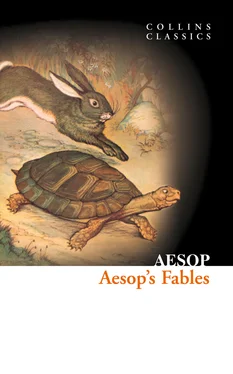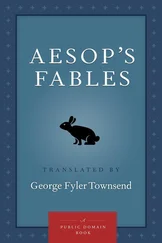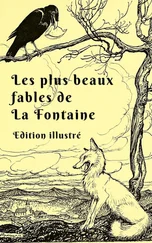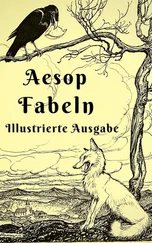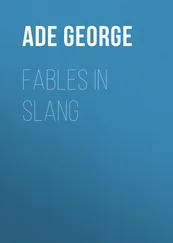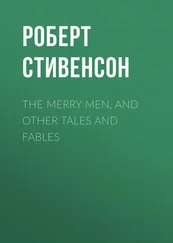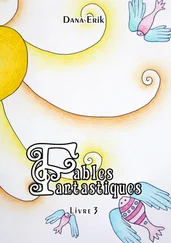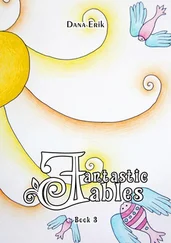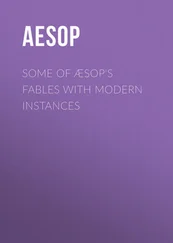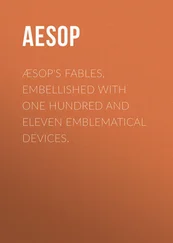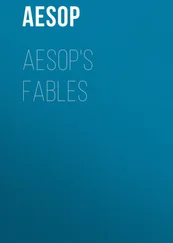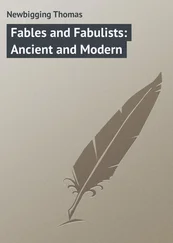The Goods and the Ills
The Dove and the Crow
Mercury and the Workmen
The Eagle and the Jackdaw
The Fox and the Crane
Jupiter, Neptune, Minerva, and Momus
The Eagle and the Fox
The Man and the Satyr
The Ass and his Purchaser
The Two Bags
The Stag at the Pool
The Jackdaw and the Fox
The Lark Burying her Father
The Gnat and the Bull
The Bitch and her Whelps
The Dogs and the Hides
The Shepherd and the Sheep
The Grasshopper and the Owl
The Monkey and the Camel
The Peasant and the Apple-tree
The Two Soldiers and the Robber
The Trees Under the Protection of the Gods
The Mother and the Wolf
The Ass and the Horse
Truth and the Traveler
The Manslayer
The Lion and the Fox
The Lion and the Eagle
The Hen and the Swallow
The Buffoon and the Countryman
The Crow and the Serpent
The Hunter and the Horseman
The King’s Son and the Painted Lion
The Cat And Venus
The She-goats and their Beards
The Camel and the Arab
The Miller, his son, and their Ass
The Crow and the Sheep
The Fox and the Bramble
The Wolf and the Lion
The Dog and the Oyster
The Ant and the Dove
The Partridge and the Fowler
The Flea and the Man
The Thieves and the Cock
The Dog and the Cook
The Travelers and the Plane-tree
The Hares and the Frogs
The Lion, Jupiter, and the Elephant
The Lamb and the Wolf
The Rich Man and the Tanner
The Shipwrecked Man and the Sea
The Mules and the Robbers
The Viper and the File
The Lion and the Shepherd
The Camel and Jupiter
The Panther and the Shepherds
The Ass and the Charger
The Eagle and his Captor
The Bald Man and the Fly
The Olive-tree and the Fig-tree
The Eagle and the Kite
The Ass and his Driver
The Thrush and the Fowler
The Rose and the Amaranth
The Frogs’ Complaint Against the Sun
Classic Literature: Words and Phrases Adapted from the Collins English Dictionary
About the Author
History of Collins
Copyright
About the Publisher
The Tale, the Parable, and the Fable are all common and popular modes of conveying instruction. Each is distinguished by its own special characteristics. The Tale consists simply in the narration of a story either founded on facts, or created solely by the imagination, and not necessarily associated with the teaching of any moral lesson. The Parable is the designed use of language purposely intended to convey a hidden and secret meaning other than that contained in the words themselves; and which may or may not bear a special reference to the hearer, or reader. The Fable partly agrees with, and partly differs from both of these. It will contain, like the Tale, a short but real narrative; it will seek, like the Parable, to convey a hidden meaning, and that not so much by the use of language, as by the skilful introduction of fictitious characters; and yet unlike to either Tale or Parable, it will ever keep in view, as its high prerogative, and inseparable attribute, the great purpose of instruction, and will necessarily seek to inculcate some moral maxim, social duty, or political truth. The true Fable, if it rises to its high requirements, ever aims at one great end and purpose representation of human motive, and the improvement of human conduct, and yet it so conceals its design under the disguise of fictitious characters, by clothing with speech the animals of the field, the birds of the air, the trees of the wood, or the beasts of the forest, that the reader shall receive advice without perceiving the presence of the adviser. Thus the superiority of the counsellor, which often renders counsel unpalatable, is kept out of view, and the lesson comes with the greater acceptance when the reader is led, unconsciously to himself, to have his sympathies enlisted on behalf of what is pure, honorable, and praiseworthy, and to have his indignation excited against what is low, ignoble, and unworthy. The true fabulist, therefore, discharges a most important function. He is neither a narrator, nor an allegorist. He is a great teacher, a corrector of morals, a censor of vice, and a commender of virtue. In this consists the superiority of the Fable over the Tale or the Parable. The fabulist is to create a laugh, but yet, under a merry guise, to convey instruction. Phaedrus, the great imitator of Aesop, plainly indicates this double purpose to be the true office of the writer of fables.
Duplex libelli dos est: quod risum movet,
Et quod prudenti vitam consilio monet.
The continual observance of this twofold aim creates the charm, and accounts for the universal favor, of the fables of Aesop. “The fable”, says Professor K. O. Mueller, “originated in Greece in an intentional travestie of human affairs. The ‘ainos’, as its name denotes, is an admonition, or rather a reproof veiled, either from fear of an excess of frankness, or from a love of fun and jest, beneath the fiction of an occurrence happening among beasts; and wherever we have any ancient and authentic account of the Aesopian fables, we find it to be the same.”
The construction of a fable involves a minute attention to (1) the narration itself; (2) the deduction of the moral; and (3) a careful maintenance of the individual characteristics of the fictitious personages introduced into it. The narration should relate to one simple action, consistent with itself, and neither be overladen with a multiplicity of details, nor distracted by a variety of circumstances. The moral or lesson should be so plain, and so intimately interwoven with, and so necessarily dependent on, the narration, that every reader should be compelled to give to it the same undeniable interpretation. The introduction of the animals or fictitious characters should be marked with an unexceptionable care and attention to their natural attributes, and to the qualities attributed to them by universal popular consent. The Fox should be always cunning, the Hare timid, the Lion bold, the Wolf cruel, the Bull strong, the Horse proud, and the Ass patient. Many of these fables are characterized by the strictest observance of these rules. They are occupied with one short narrative, from which the moral naturally flows, and with which it is intimately associated. “‘Tis the simple manner,” says Dodsley, “in which the morals of Aesop are interwoven with his fables that distinguishes him, and gives him the preference over all other mythologists. His ‘Mountain delivered of a Mouse’, produces the moral of his fable in ridicule of pompous pretenders; and his Crow, when she drops her cheese, lets fall, as it were by accident, the strongest admonition against the power of flattery. There is no need of a separate sentence to explain it; no possibility of impressing it deeper, by that load we too often see of accumulated reflections.” An equal amount of praise is due for the consistency with which the characters of the animals, fictitiously introduced, are marked. While they are made to depict the motives and passions of men, they retain, in an eminent degree, their own special features of craft or counsel, of cowardice or courage, of generosity or rapacity.
These terms of praise, it must be confessed, cannot be bestowed on all the fables in this collection. Many of them lack that unity of design, that close connection of the moral with the narrative, that wise choice in the introduction of the animals, which constitute the charm and excellency of true Aesopian fable. This inferiority of some to others is sufficiently accounted for in the history of the origin and descent of these fables. The great bulk of them are not the immediate work of Aesop. Many are obtained from ancient authors prior to the time in which he lived. Thus, the fable of the “Hawk and the Nightingale” is related by Hesiod; the “Eagle wounded by an Arrow, winged with its own Feathers”, by Aeschylus; the “Fox avenging his wrongs on the Eagle”, by Archilochus. Many of them again are of later origin, and are to be traced to the monks of the middle ages: and yet this collection, though thus made up of fables both earlier and later than the era of Aesop, rightfully bears his name, because he composed so large a number (all framed in the same mould, and conformed to the same fashion, and stamped with the same lineaments, image, and superscription) as to secure to himself the right to be considered the father of Greek fables, and the founder of this class of writing, which has ever since borne his name, and has secured for him, through all succeeding ages, the position of the first of moralists.
Читать дальше
